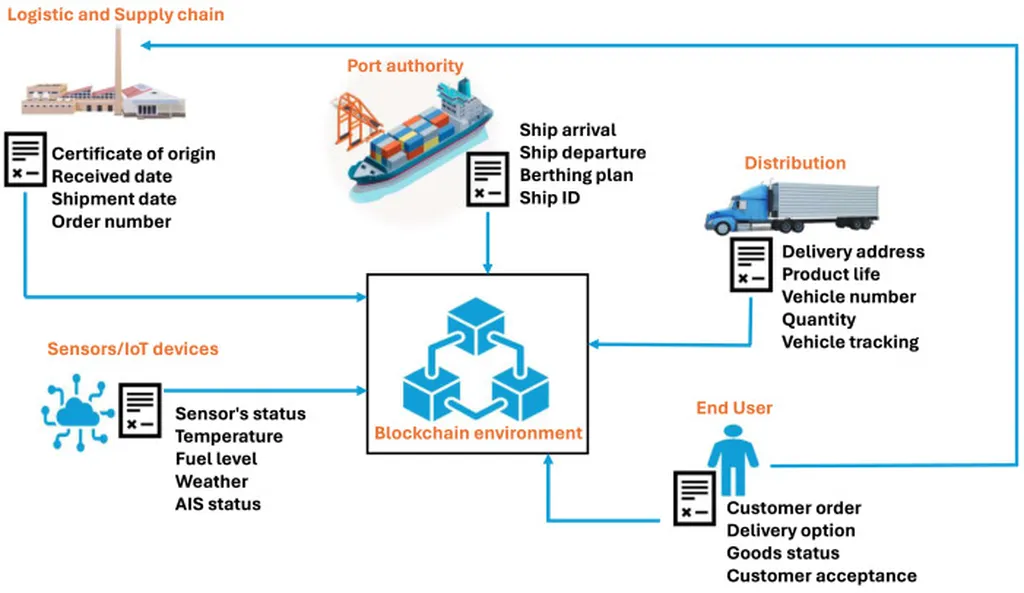In the bustling world of maritime shipping, a persistent headache for operators has been the global imbalance of empty containers. This imbalance not only jacks up operational costs but also contributes to those pesky greenhouse gas emissions that everyone’s trying to keep tabs on. Enter Elham Ziar, a researcher from the School of Industrial Engineering at Iran University of Science & Technology, who’s cooked up a novel approach to tackle this very issue. Her work, recently published in the journal “Results in Engineering” (translated to English), proposes a bi-level programming model that leverages blockchain technology to optimize the logistics of empty containers in ports.
So, what’s the big deal here? Well, Ziar’s model is a bit like a game of chess between two key players: the shipping company and the non-vessel operating common carrier (NVOCC). The shipping company sets the initial freight price to maximize its profit and minimize emissions. Once the price is set and the actual demand is known, the NVOCC steps in to set the transportation price for its customers. The model even accounts for different pricing based on whether the cargo is hazardous or not. But here’s where it gets interesting: blockchain technology is used to slash warehousing and cargo handling expenses.
To solve this complex problem, Ziar developed a novel matheuristic solution method that combines a genetic algorithm with the Karush–Kuhn–Tucker (KKT) conditions. Think of it as a sophisticated blend of nature-inspired optimization and economic theory. The model was put to the test using real-world data from key ports in Asia, and the results are promising. Full adoption of blockchain technology reduced the total system cost by over 26% and container imbalance by 6.6%. Even partial adoption at strategic ports achieved a 17% cost reduction. The model also showed stability under crisis-driven demand surges, with only a 4.5% rise in imbalance.
So, what does this mean for the maritime sector? For starters, it offers a practical and robust solution to a long-standing problem. As Ziar puts it, “These results demonstrate the model’s practical robustness, strategic value, and responsiveness to real-world disruptions and pricing environments.” The use of blockchain technology not only reduces costs but also enhances the sustainability of maritime shipping, a win-win for operators and the environment alike.
Moreover, the model’s ability to react to different consumer behaviors opens up new opportunities for pricing strategies and customer segmentation. As the maritime industry continues to evolve, such innovative approaches will be crucial in navigating the complexities of global shipping logistics. For maritime professionals, this research underscores the potential of integrating advanced technologies like blockchain into traditional operations to drive efficiency and sustainability.

